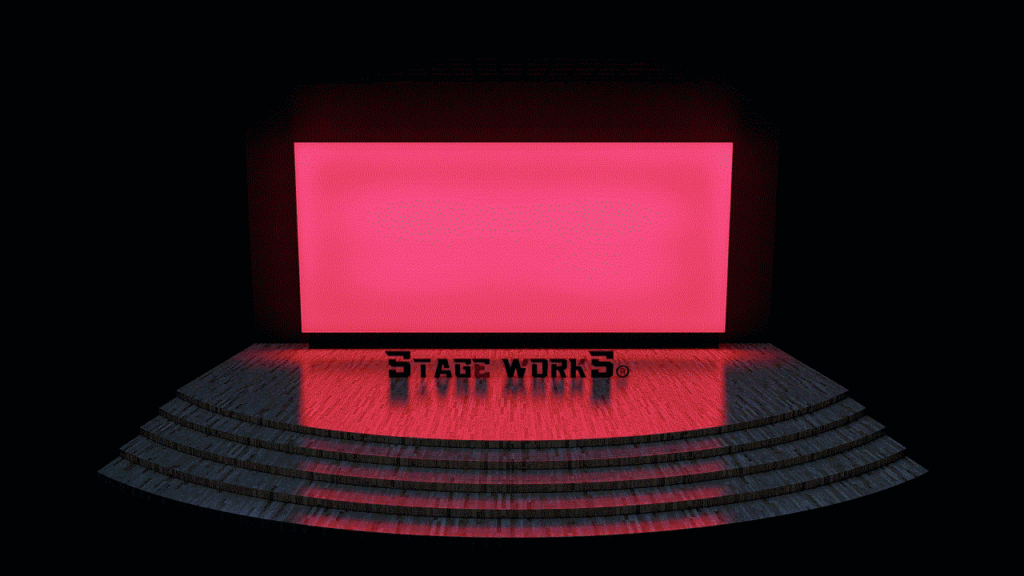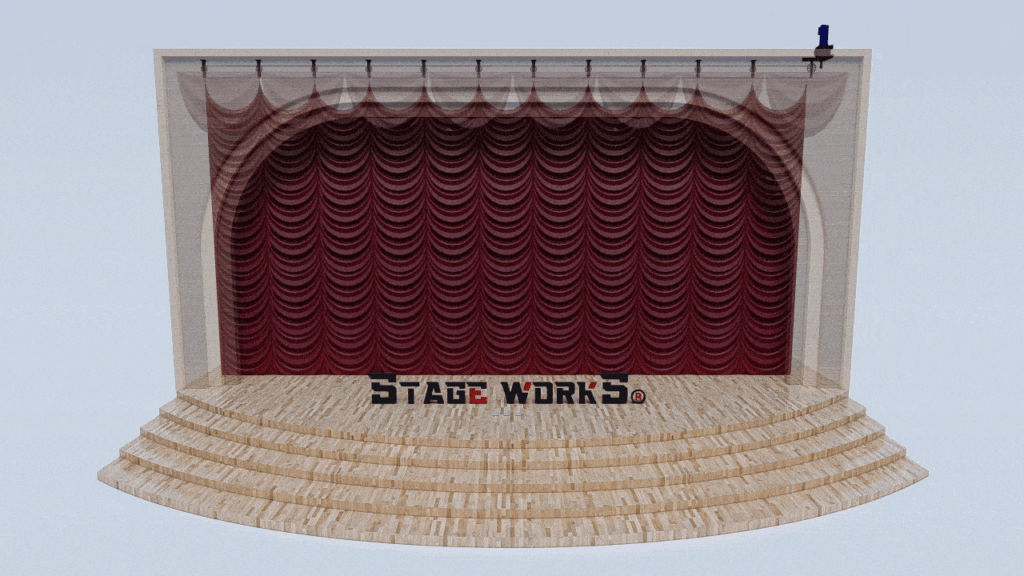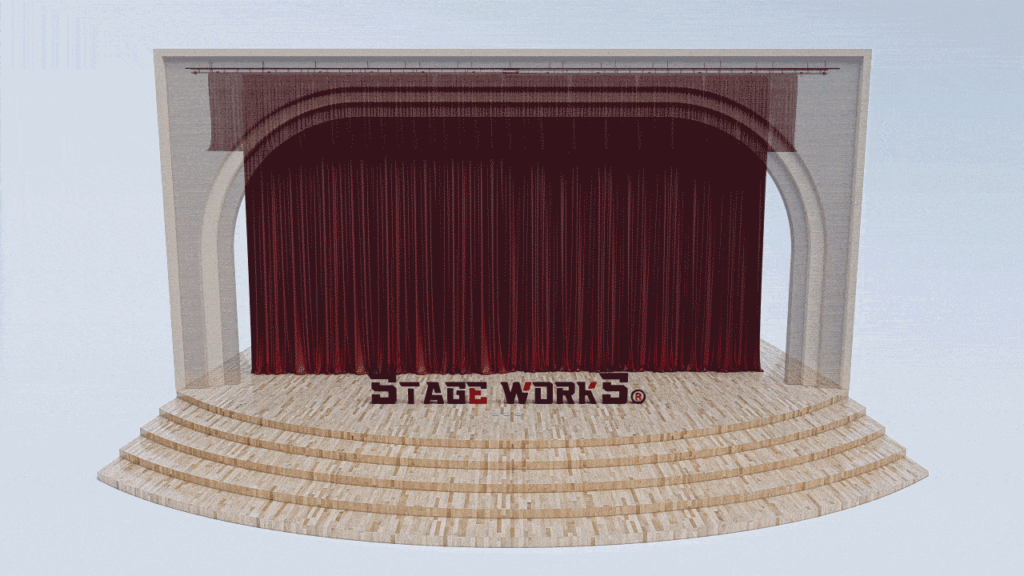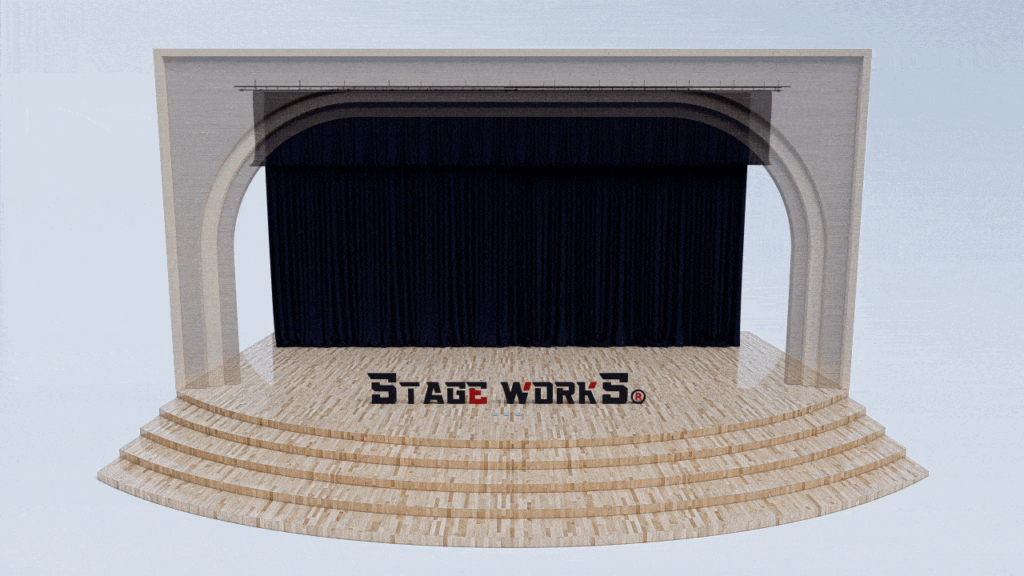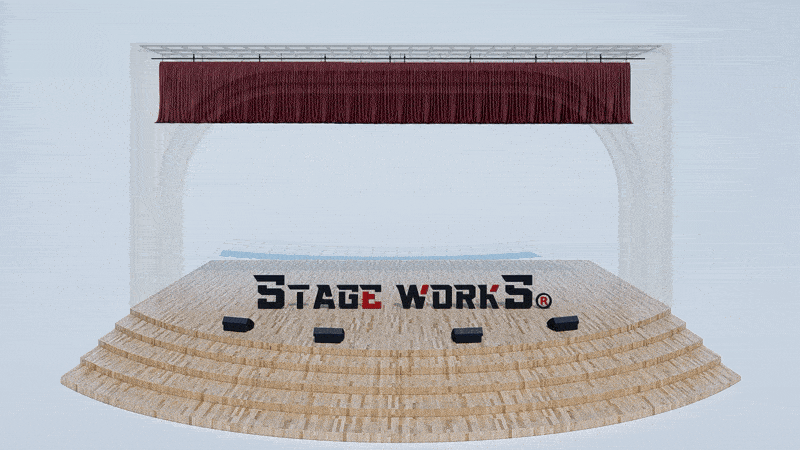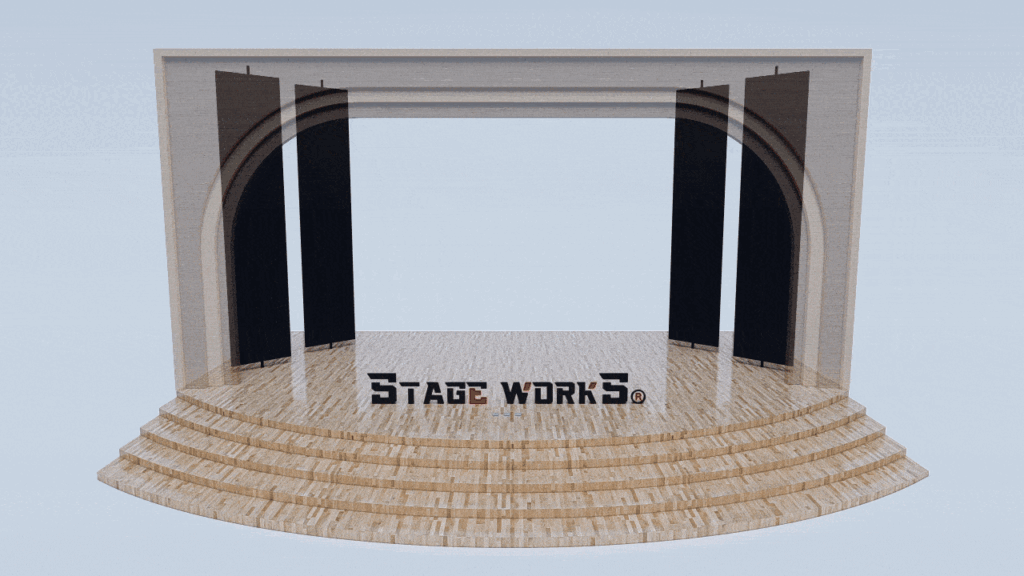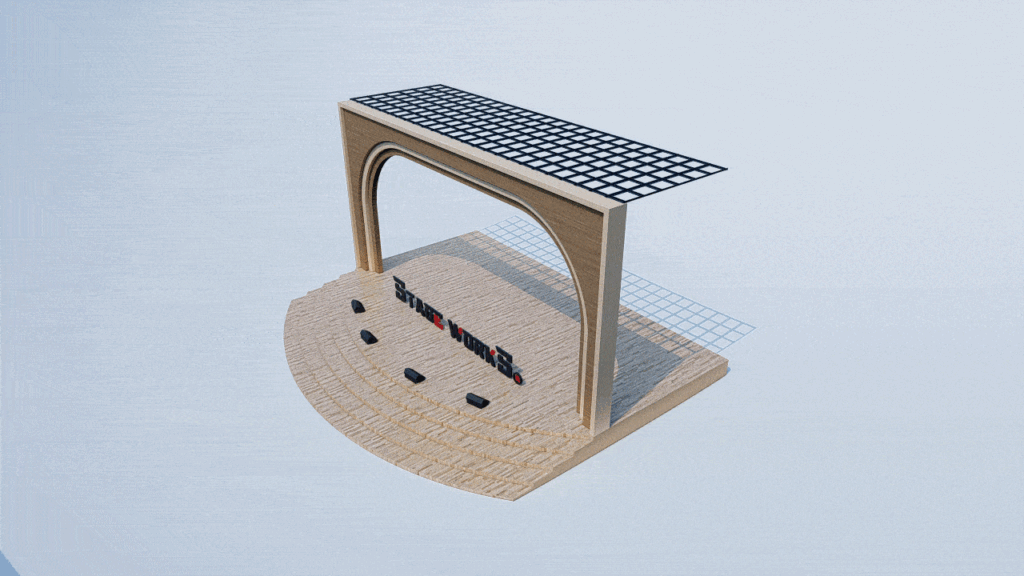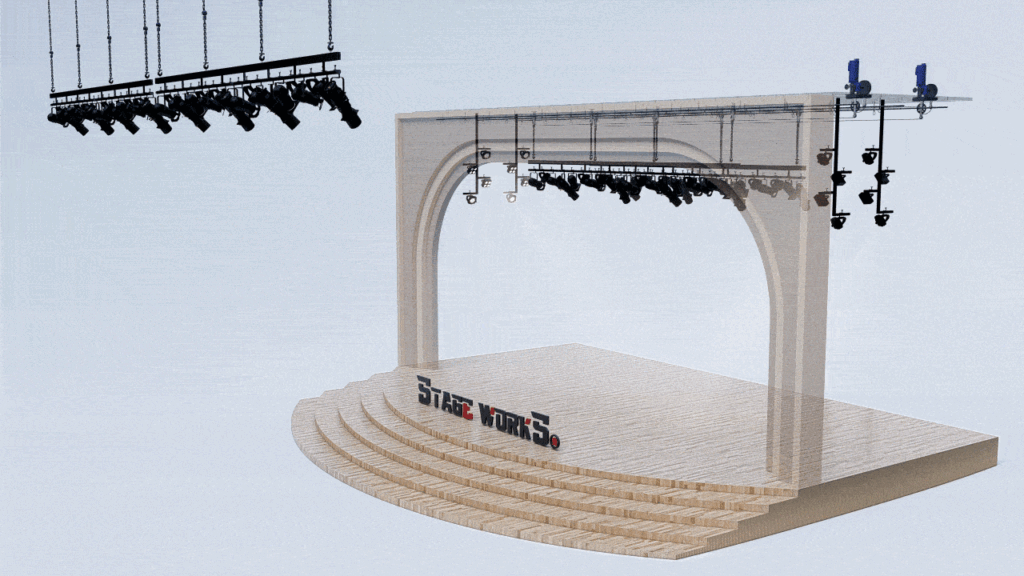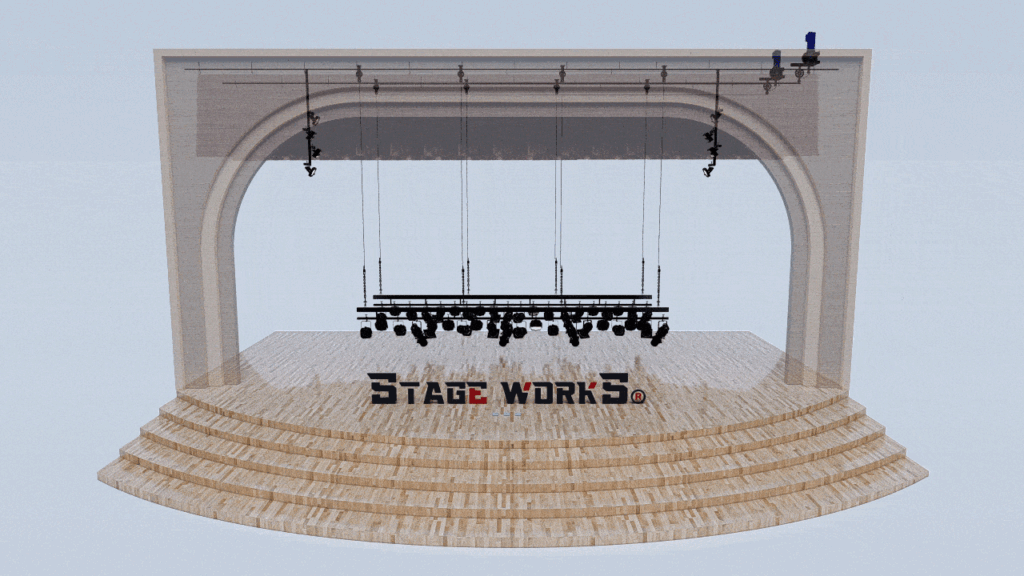Stagecurtains.in
Stage Curtain Design 2024: The Eco-Conscious Theatre
Sustainable Materials: The Future of Stage Drapes
The theatre world, known for its extravagant sets and dazzling productions, is increasingly recognizing its environmental impact. 2024 sees a significant shift towards eco-conscious practices, and stage curtain design is no exception. This year, designers are prioritizing sustainable materials, moving away from traditional, resource-intensive fabrics. Recycled polyester, organic cotton, and innovative plant-based alternatives are gaining traction, offering a compelling blend of aesthetics and environmental responsibility. These materials not only reduce the carbon footprint of productions but also often boast enhanced durability, translating to long-term cost savings for theatres.
Minimizing Waste: Design for Longevity and Repurposing
Beyond material selection, sustainable stage curtain design extends to minimizing waste throughout the production lifecycle. This involves careful planning and precise measurements to reduce fabric surplus. Designers are also embracing modular designs, allowing for adaptable curtain configurations to suit various productions, maximizing the lifespan of each drape. Furthermore, exploring the potential for repurposing discarded curtains into other theatre elements or donating them to educational institutions or community projects adds another layer to the eco-conscious approach.
Digital Printing and the Reduction of Chemical Dyes
Traditional dyeing processes for stage curtains often involve harmful chemicals and significant water consumption. The rise of digital printing technology provides a greener alternative. Digital printing utilizes less water and eliminates the need for large quantities of chemical dyes, significantly reducing the environmental impact. This method also allows for intricate and vibrant designs, offering greater creative freedom without compromising sustainability.
Energy-Efficient Production Processes
The entire production process, from manufacturing to transportation, contributes to a curtain’s environmental footprint. Choosing manufacturers committed to energy-efficient practices and minimizing transportation distances becomes crucial. Opting for locally sourced materials can significantly reduce the carbon emissions associated with transportation, reinforcing the commitment to a greener approach.
Collaborating for a Greener Stage: The Role of Designers, Technicians, and Theatres
Achieving a truly eco-conscious theatre requires collaboration across the entire production team. Designers, technicians, and theatre management must work together to integrate sustainable practices throughout the design and production process. This includes open communication about material choices, waste management strategies, and the overall environmental impact of each decision. A shared commitment to sustainability ensures that the theatre’s environmental responsibility is reflected in every aspect of the production.
The Future is Green: Embracing Sustainable Stage Curtain Design
2024 marks a pivotal year for the eco-conscious theatre movement. By embracing sustainable materials, minimizing waste, and adopting energy-efficient processes, the theatre industry can significantly reduce its environmental impact. Investing in sustainable stage curtain design is not only an ethical choice but also a smart business decision, offering long-term cost savings and enhancing the theatre’s reputation as an environmentally responsible organization. Stagecurtains.in is committed to providing eco-friendly options, supporting theatres in their journey towards a greener future.
Keywords:
Sustainable stage curtains, eco-friendly theatre, recycled fabrics, organic cotton, digital printing, eco-conscious design, green theatre, sustainable stage design, environmentally friendly stage drapes, theatre sustainability, reducing carbon footprint, stage curtain manufacturers, responsible sourcing.



